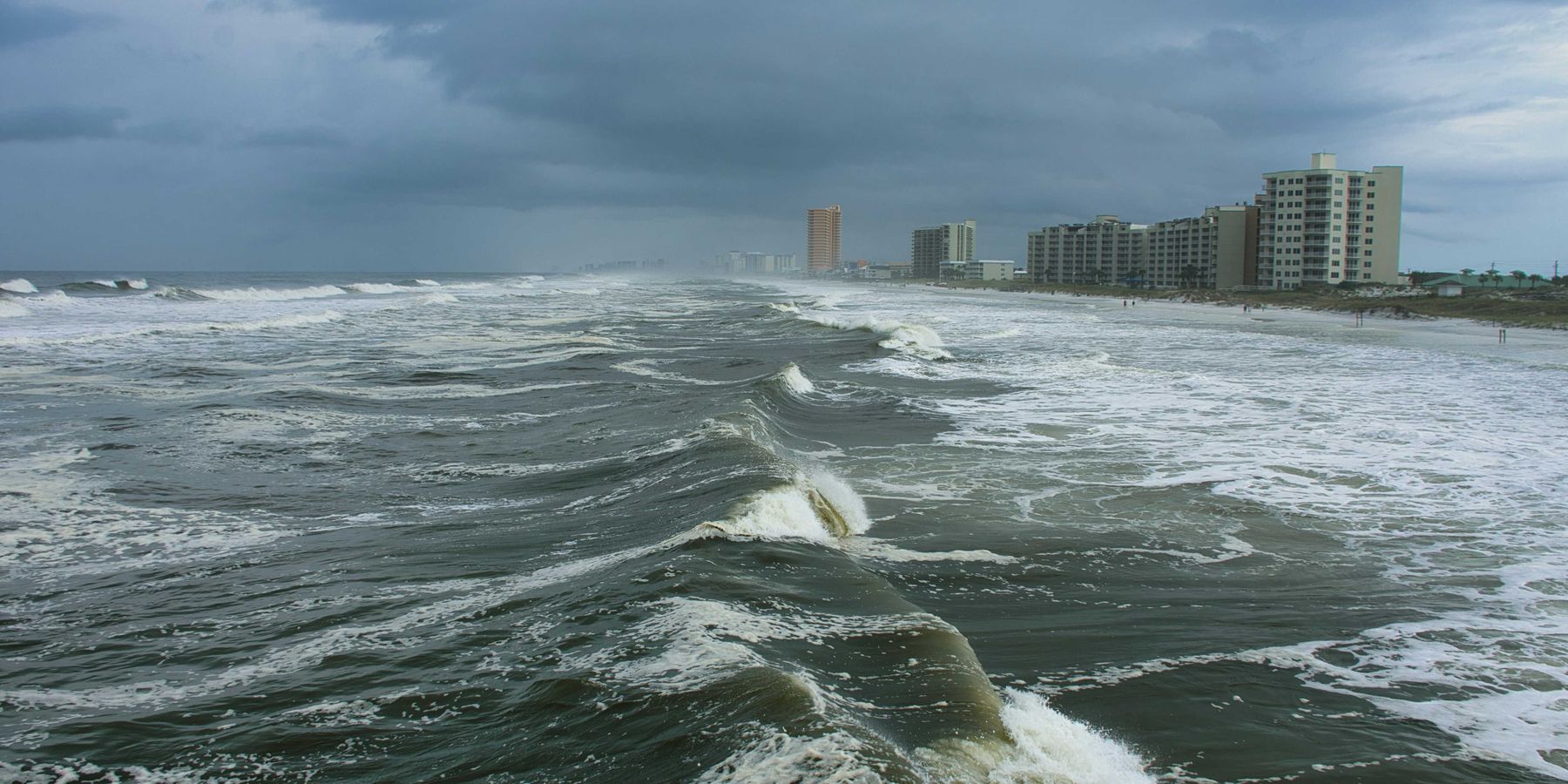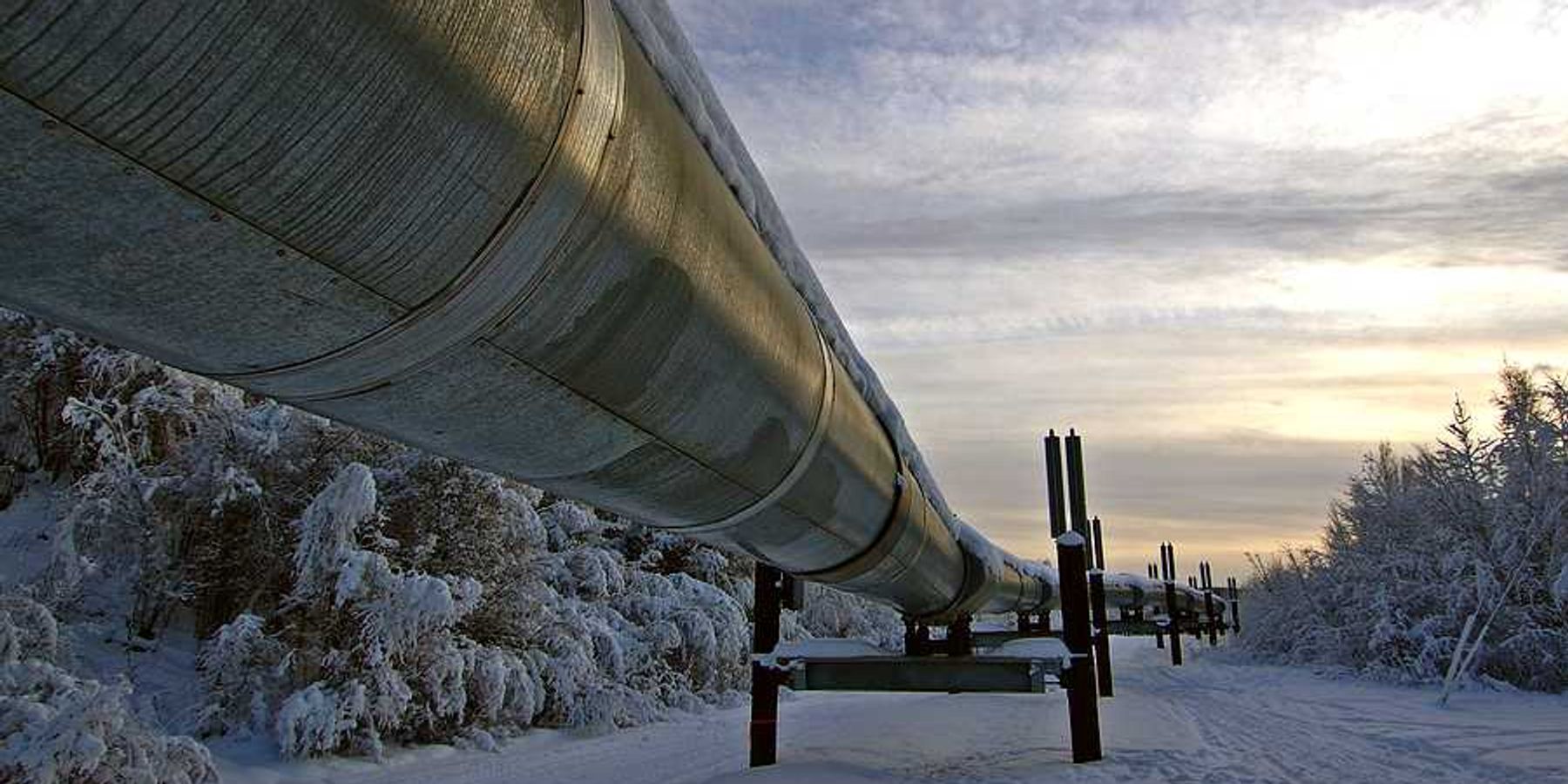How farmers are becoming unexpected heroes in the bird migration crisis
Across the Americas, rice and crawfish farmers are helping keep migrating birds alive by transforming their land into makeshift wetlands.
Lela Nargi reports for Knowable Magazine.
In short:
- Bird populations like ducks, cranes, and sandpipers are plummeting as wetlands vanish due to climate change and development, prompting farmers and conservationists to team up.
- Traditional rice-and-crawfish farms in Texas and Louisiana offer critical wetland-like habitat during key migration seasons, drawing dozens of bird species.
- Programs like Ducks Unlimited and Manomet support farmers financially to maintain bird-friendly practices and restore critical migratory routes across the Americas.
Key quote:
“You can see 30, 40, 50 species of birds, amphibians, reptiles, everything.”
— Elijah Wojohn, shorebird conservation biologist, Manomet Conservation Sciences
Why this matters:
For decades, cranes, sandpipers, and ducks have flown ancient highways across the skies of the Americas — paths etched into their biology by millennia of migrations. As climate chaos scrambles both agriculture and biodiversity, farmer-conservationist alliances could be a blueprint for survival on a hotter, drier planet. With support from groups like Ducks Unlimited and Manomet, farmers are getting paid to do right by birds — proving to be both good conservation and good business.
Read more: Wetland protections remain bogged down in mystery













